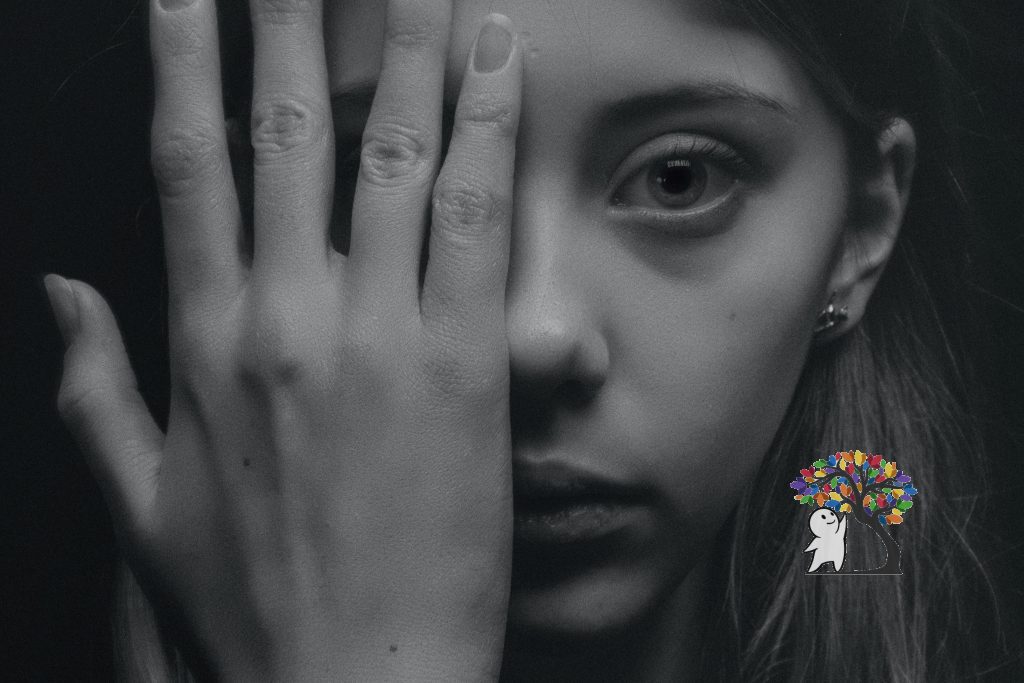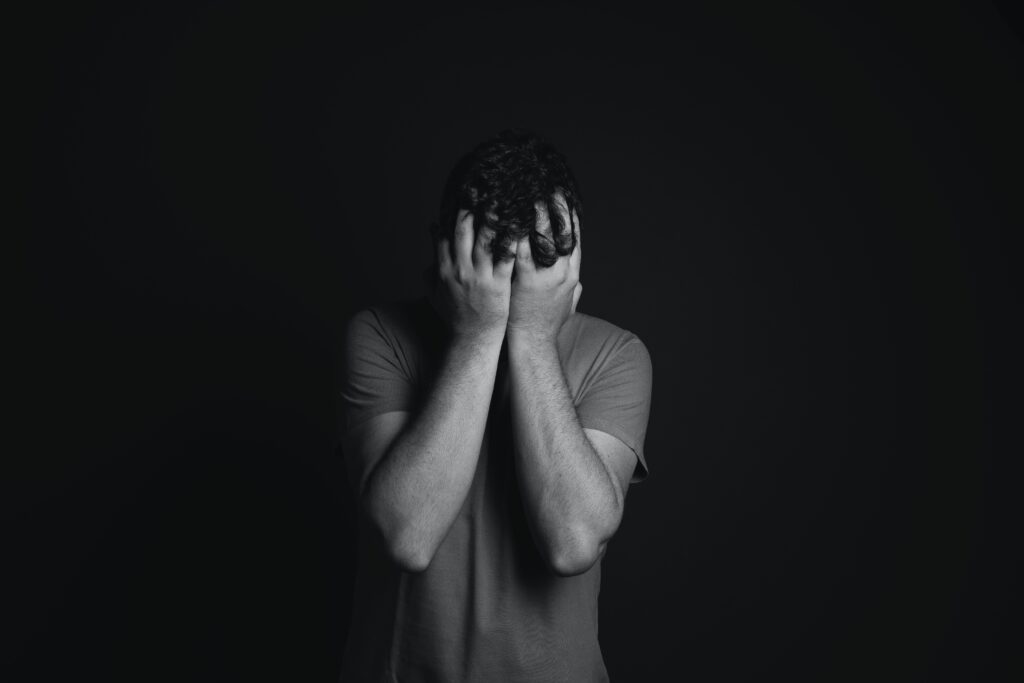The anxiety E.A.G.L.E: how you can help mental health literacy reach new heights

For Jane, social anxiety was controlling her life. She found it increasingly difficult the manage her emotions in social situations. This negatively affected her school performance, social identity, and relationships. After experiencing a significant deterioration in her health, she decided it was time for change.
Mental health effects are striking.
Unfortunately, Jane’s situation is common in society; one person in five will experience some problem with their mental health in the course of a year (Government of Canada, 2006). These problems are often ignored by others, and there is a significant time lag between the prominence of the symptoms and when help is received. The cycle of worry and anxiety continues, and it builds on. Fortunately, as caring individuals, we can become a force of change for ourselves and others. This begins with knowledge of how to help.
- Encourage other supports. We can help Jane by encouraging her practice self-care: get regular exercise (30 minutes a day), get enough sleep (7-8 hours for adults), and engage in leisure time and pleasurable activities (explicitly separate work from leisure). Alternatively, anxiety can be overcome if she submits herself to a process called systematic desensitization with her therapist. It consists of relaxation techniques with gradual exposure to the situation or thing that causes anxiety (Healthline, 2019).
- Assess the risk of suicide and/or harm. The first thing we would want to establish is that Jane is safe. Because anxiety-related disorders are associated with an increased risk of suicidal behaviour (Mental Health First Aid, 2019) we want to prioritize her safety first.
- Give reassurance and information. As a helper, we want Jane to realize that anxiety-related disorders and trauma-related disorders are common illnesses: she is not alone. These disorders do not define who is she, and they can be overcome. She has the potential to grow, and reduce the detrimental effects of anxiety.
- Listen non-judgmentally. In general, sometimes people just want to be heard. It’s important to be an active listener by maintaining appropriate eye contact, a neutral tone of voice, and a posture that signifies engagement and understanding. Just being present with someone even in silence communicates compassion.
- Encourage the person to get appropriate professional help. When Jane’s social anxiety has caused clinically significant distress or impairment in [her] social, occupational, and other important areas of functioning (American Psychiatric Association, 2014), it becomes a disorder. This is a medical condition that we recognize needs attention, just like another other physical illness. We can suggest her to see her family doctor first, or contact a psychologist/psychiatrist via a local health centre, university, or private practice.
Through Eagle, we are better equipped to understand how to help. Together, we can help mental health literacy reach new heights.
References
1. American Psychiatric Association. (2014). Diagnostic and statistical manual of mental disorders:
DSM-5. Arlington, VA: American Psychiatric Association
2. Government of Canada. (2006). The human face of mental health and mental illness in Canada. Ottawa (ON): Minister of Public Works and Government Services Canada., p. 85.
3. Mental Health Commission of Canada. (2013). Mental Health First Aid Canada. Ottawa: Mental Health Commission of Canada.
4. Raypole, C. (2019, March 26). Systematic Desensitization: Can Anxiety and Phobias Be Unlearned? Retrieved August 19, 2019, from https://www.healthline.com/health/systematic-desensitization
5. Wang, P. S., Angermeyer, M., Borges, G., Bruffaerts, R., Chiu, W. T., De Girolamo, G., … & Kessler, R. C. (2007). Delay and failure in treatment seeking after first onset of mental disorders in the World Health Organization’s World Mental Health Survey Initiative. World psychiatry, 6(3), 177.




Well written Monica =)